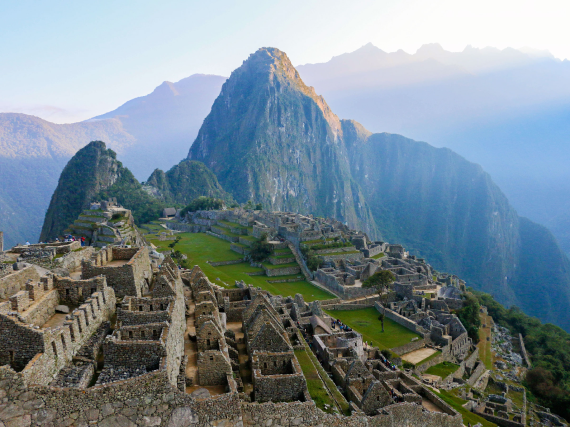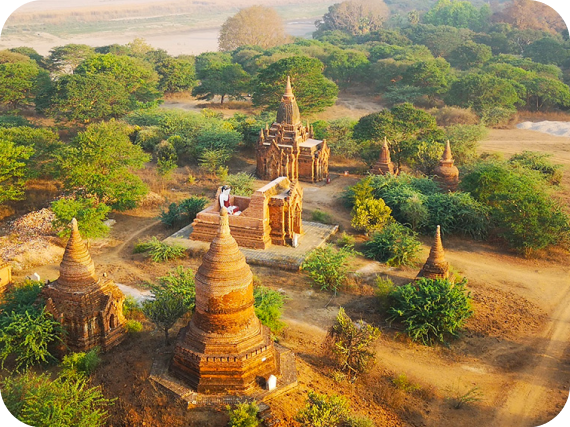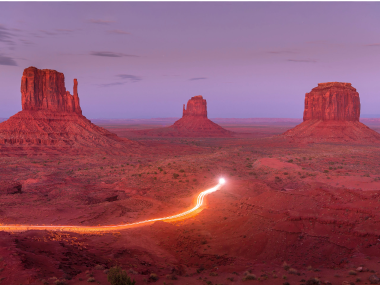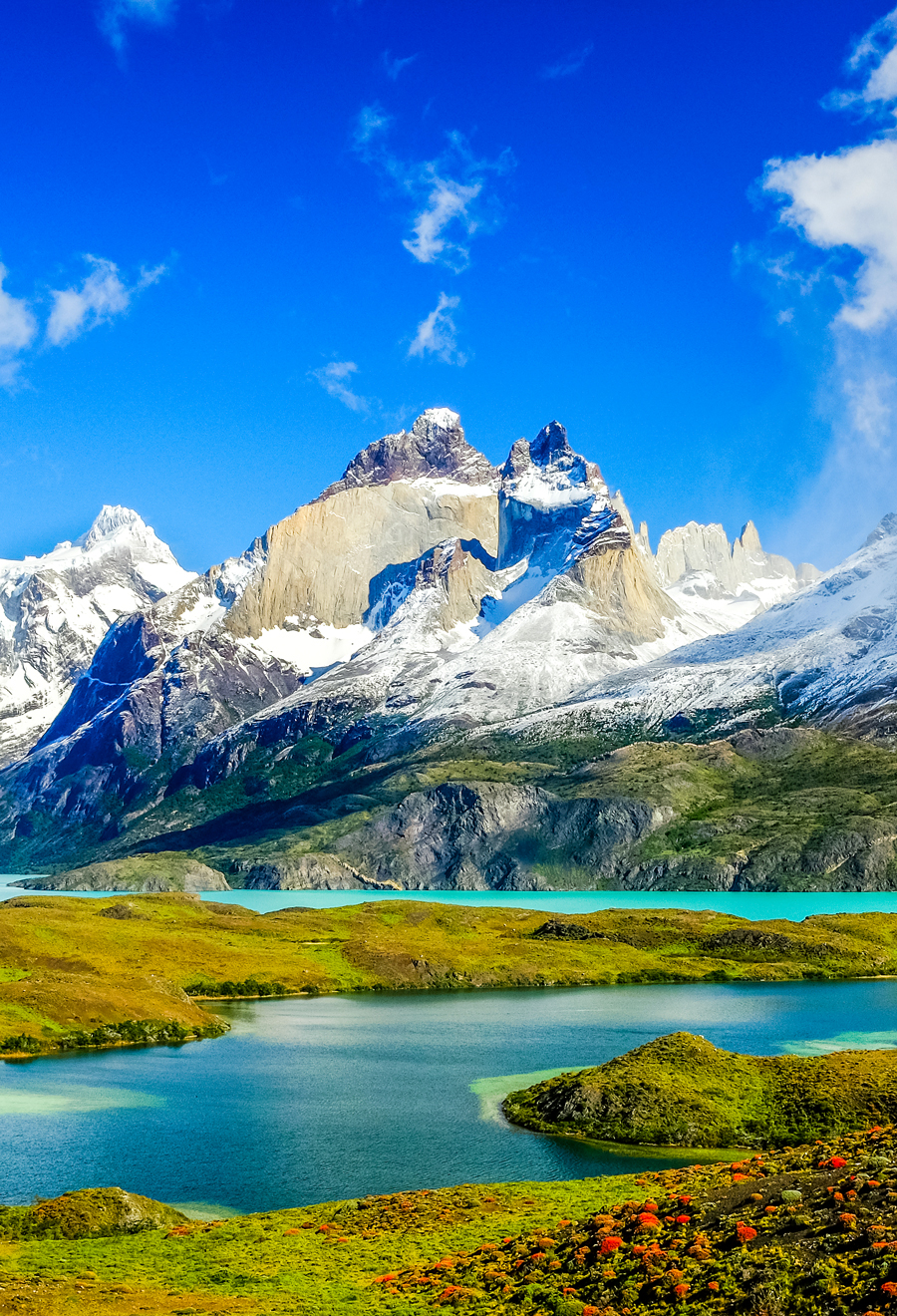You may know that the U.S. is home to 63 national parks, but what country has the most national parks? The answer lies Down Under, in Australia, and the number of parks there may surprise you. But no matter what part of the world you travel to, protected lands allow visitors to experience a country’s natural beauty, wildlife, and biodiversity in one fell swoop. When it comes to conservation efforts, the following countries surpass all others, with some of the best national parks in the world.
16. Finland

Number of parks: 41
Venture to the “Land of the Midnight Sun” and you’ll have 41 national parks at your disposal — not to mention 24 hours of sunlight if you visit in the height of summer. An hour’s drive from Helsinki, Nuuksio National Park, one of Finland’s most popular parks, offers hiking trails, lakes, and camping sites. Further north in sparsely populated Lapland, the country’s largest and northernmost region, you’ll find a bevy of national parks known for their arctic wilderness.
Also consider visiting Pyhä-Luosto National Park (home to gorges and an amethyst mine), Urho Kekkonen National Park (be on the lookout for reindeer herds), Oulanka National Park (which contains the 50-mile-long Bear’s Trail), and Riisitunturi National Park (land of Scandinavia’s famous “frozen trees”).
15. Venezuela
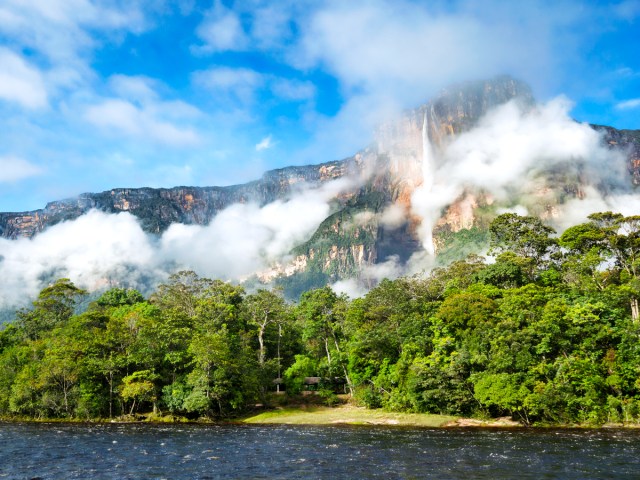
Number of parks: 43
Home to rainforests, savannas, caves, and tepuis (flat-topped mountains), Venezuela boasts incredible biodiversity across its 43 national parks. The country’s most famous national park, Canaima National Park, is also a UNESCO World Heritage Site, thanks to the legendary Angel Falls — the world’s tallest waterfall — and the 115 tepuis found throughout the park.
Established in 1937, Venezuela’s oldest national park is Henri Pittier National Park, which has 500 bird species and cloud forests at high elevations. To see the largest population of the rare nocturnal oilbird, head to Cueva del Guácharo National Park, an elaborate cave system that stretches for 6 miles underground.
14. Chile

Number of parks: 46
Like many countries on this list, Chile is a treasure trove for adventure seekers, and each of Chile’s 46 national parks — covering roughly 20% of the country’s area — is different from the next. The most well-known park is Torres del Paine in the Patagonia region in southern Chile. The park’s striking turquoise lakes, granite spires, and glaciers make it a popular spot among trekkers from around the world.
Located 2,200 miles off the Pacific coast of Chile, Rapa Nui National Park on Easter Island is famous for the mysterious Moai statues. In the Atacama Desert, travelers will find the unusual combination of penguins and cacti within Pan de Azúcar National Park’s unique ecosystem.
11. Canada (tie)

Number of parks: 48
The Great White North has 37 national parks and 11 national park preserves that extend from coast to coast. In Canada’s Maritimes region, Fundy National Park boasts the highest tides in the world, while the grassy dunes and red sand beaches at Prince Edward Island National Park are straight out of Anne of Green Gables. (Indeed, P.E.I. was the setting for the classic novel.)
On the west coast, Canada’s Pacific Rim National Park Reserve has a rainforested coastline known for its frequent whale sightings. To the north, Auyuittuq National Park is home to glaciers and polar bears, while world-famous favorites like Banff National Park (the country’s first national park, established in 1885) and Jasper National Park provide unforgettable experiences in the Canadian Rockies.
11. Norway (tie)
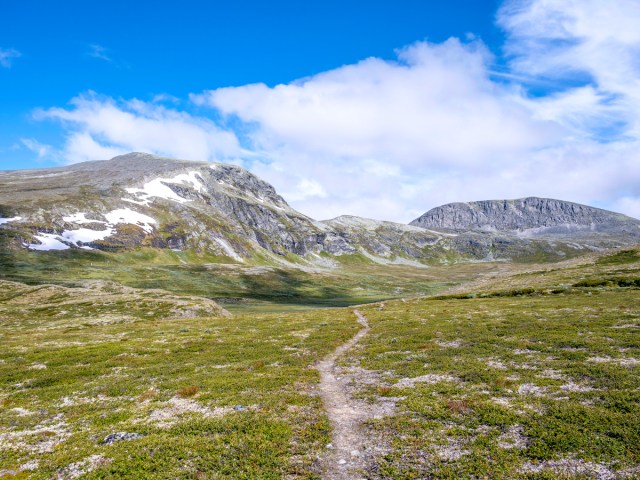
Number of parks: 48
From fjords to glaciers, Arctic tundra, and snowy peaks, Norway’s network of national parks showcases a jaw-dropping array of natural landscapes. Of Norway’s 48 national parks, 41 are on the mainland and seven are located in the Svalbard archipelago, a small group of remote islands above the Arctic Circle.
Some of the country’s best wildlife spotting can be found in Dovrefjell-Sunndalsfjella National Park, where wild musk oxen range alongside reindeer and arctic foxes. Meanwhile, Lofotodden National Park provides a mixture of dramatic seascapes and mountain vistas in the Lofoten Islands, and the country’s highest mountains, Galdhøpiggen (8,100 feet) and Glittertind (8,045 feet), are in Jotunheimen National Park.
11. Turkey (tie)

Number of parks: 48
With 48 national parks to choose from, Turkey has almost everything an outdoorsy traveler could want. On Turkey’s western coast, the Dilek Peninsula is home to white-sand beaches and pine forests, providing access to hiking trails with views of the nearby Greek Islands.
For a taste of the mountains, Aladağlar Milli Parkı contains four climbable peaks, lush valleys, and an abundance of waterfalls and glacial lakes. Köprülü Kanyon Milli Parkı also draws adventure seekers, with opportunities to white-water raft, rock climb, and traverse the historic St. Paul Trail, a 300-mile route that follows the route St. Paul the Apostle took on his first missionary journey to Anatolia.
10. Indonesia
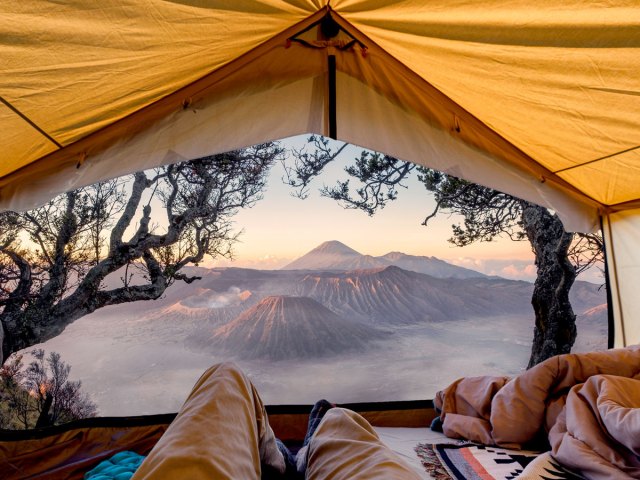
Number of parks: 57
The archipelagic nation of Indonesia is home to an estimated 18,100 islands and islets. With so many islands to explore, Indonesia’s national parks help to narrow down the options. Adventure seekers should head to Bromo Tengger Semeru National Park, a volcanic region with mountain summits, horseback riding, and an exotic “sand sea.”
To spot the world’s largest reptile in its natural habitat, Komodo National Park — established in 1980 in Indonesia’s first group of national parks — is composed of three different islands, all with numerous hiking paths to search for the park’s eponymous Komodo dragon.
9. Colombia
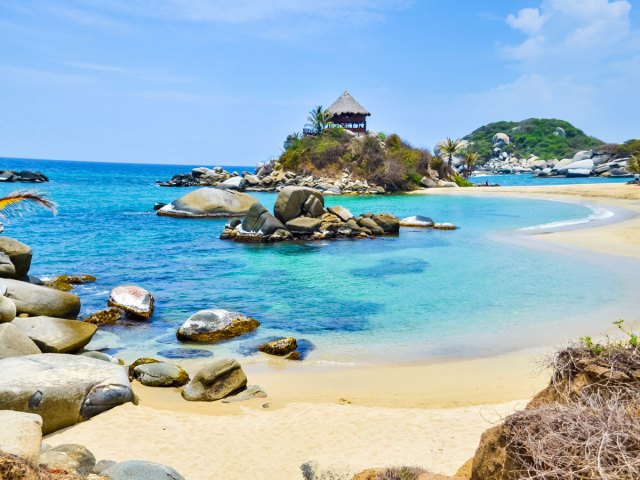
Number of parks: 59
Thanks to decades of conservation efforts, Colombia now has 59 national parks and protected areas, adding up to 77,220 square miles. The country’s diverse landscape — from the Andes mountains to tropical rainforests and the Caribbean coastline — means that no two parks are the same.
Situated on the coast, Parque Nacional Natural Tayrona is a slice of paradise, with sandy beaches and swaying palm trees. Further inland, Los Nevados National Park provides a more rugged experience in Colombia’s coffee-growing region. Home to natural hot springs, an active volcano, and a hummingbird sanctuary, this high-altitude region provides no shortage of outdoor activities.
8. United States
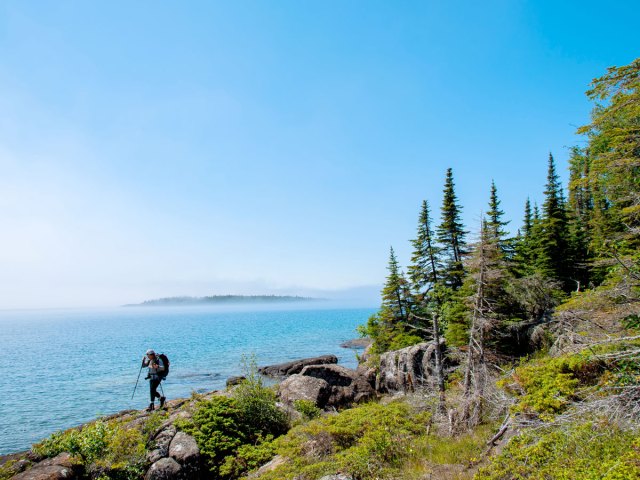
Number of parks: 63
America’s National Park System is vast, with a total of 423 national park sites — a distinction that includes historic sites, monuments, seashores, and recreation areas. Of these sites, only 63 are designated national parks. (Several of these, such as Gates of the Arctic and Denali, are jointly classified as national parks and preserves.)
With world-renowned heavy hitters like the Grand Canyon, Yosemite, and Yellowstone (established as the world’s first national park in 1872) on the table, it can be easy to overlook some of the smaller or lesser-known parks in the U.S. But places like North Cascades National Park, Isle Royale National Park, and Lassen Volcanic National Park, are also well-worth the visit, with stunning vistas, unique experiences, and fewer crowds.
7. Russia
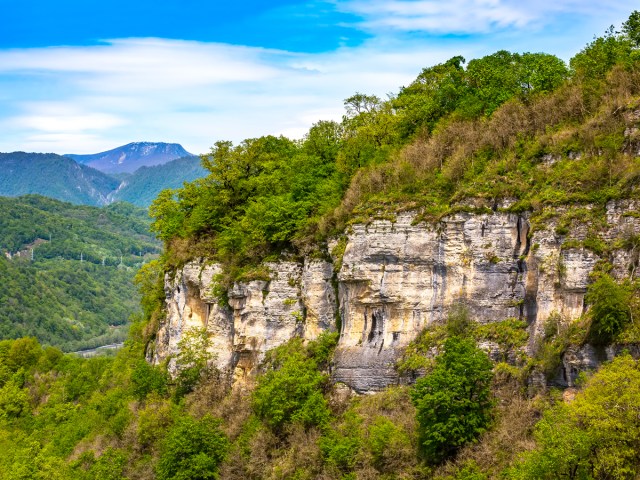
Number of parks: 64
As to be expected for the world’s largest country by area, Russia’s national park system is extensive. Situated in the remote Kamchatka Peninsula, Nalychevo Nature Park contains mineral springs, snow-capped mountains, and wild rivers, making it a coveted destination for anglers. The aptly named Land of the Leopard National Park is home to an estimated 80 Amur leopards, one of the rarest big cat species on Earth. South of Moscow, Sochi National Park is one of the most-visited national parks in Russia, with waterfalls, caves, and the Black Sea coastline.
6. Mexico
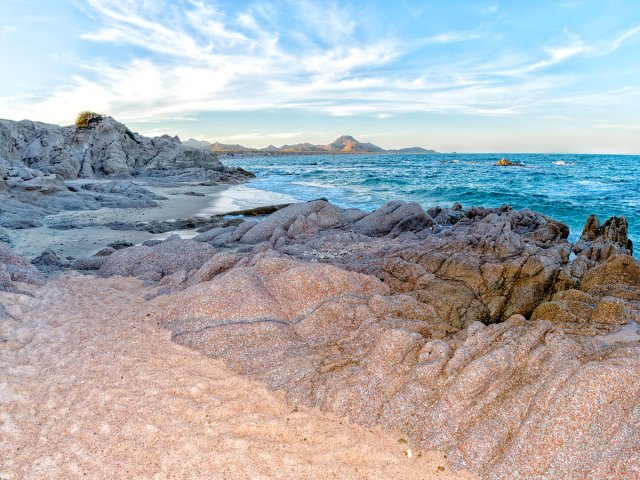
Number of parks: 67
Spread throughout 23 states, Mexico’s national parks are notable for their biodiversity. Located off the Baja Peninsula, Cabo Pulmo National Park was described by French naval officer and author Jacques Cousteau as “the aquarium of the world.” The 27.5-square-mile marine protected area is home to sea turtles, tropical fish, and one of the oldest coral reefs in North America.
In Cañón del Sumidero, spider monkeys and crocodiles live within the confines of the park’s rainforest canyon. To fully experience the park, book a river float down the Grijalva River, which formed the canyon’s dramatic cliffs millions of years ago.
5. Brazil
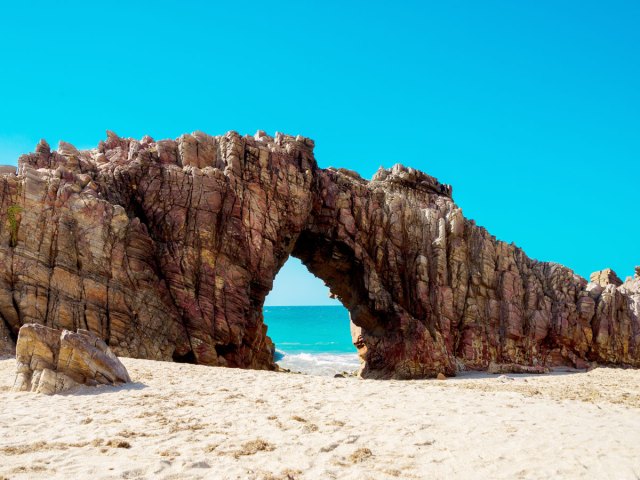
Number of parks: 76
As the largest country in South America, Brazil’s landscape is incredibly diverse. Located in the state of Ceará, Jericoacoara National Park contains no roads — only sandy paths that meander between the park’s stunning white sand beaches, exotic dunes, and inland lakes. In Brazil’s southern region, Aparados da Serra National Park is an outdoor playground for eco-travelers. Home to the mesmerizing Itaimbezinho Canyon, the park is known for its dramatic views, staggering waterfalls, and rainforest hiking trails.
4. Israel
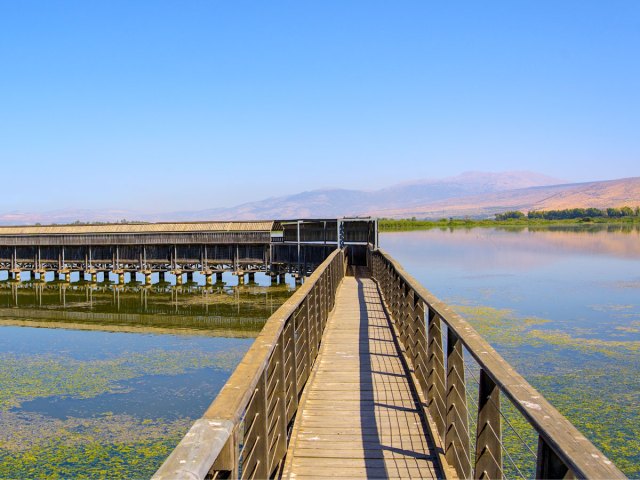
Number of parks: 81
With 81 national parks and a further 400 sites designated as nature reserves, Israel’s national park system covers approximately 20% of the country. Of these parks, Masada National Park, established in 1966, is perhaps the best known. Overlooking the Dead Sea, the archeological site welcomes tourists who climb to see where the Judea rebels fought the Romans in 73 and 74 CE. Near the Sea of Galilee, the Hula Nature Reserve is one of the only wet habitats in the Middle East. It’s home to eucalyptus groves, water buffalo, and thousands of birds who stop for water on their migratory routes.
3. India
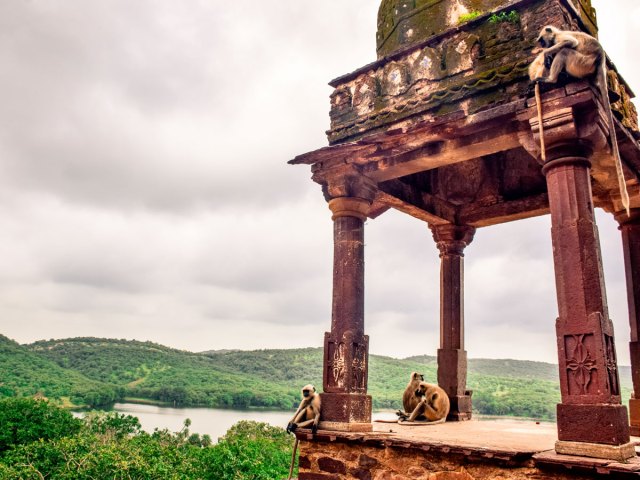
Number of parks: 106
India’s protected lands offer something for everyone. Rajasthan’s Ranthambore National Park is a famous wildlife sanctuary and one of the best spots to see tigers in the world. Visitors can tour the former hunting ground on a Jeep safari in search of tigers, birds, and reptiles. Situated between Bhutan and Nepal, Khangchendzonga National Park draws adventurous trekkers who come to climb Kanchenjunga, the third-tallest summit in the world at 28,169 feet above sea level.
2. Thailand
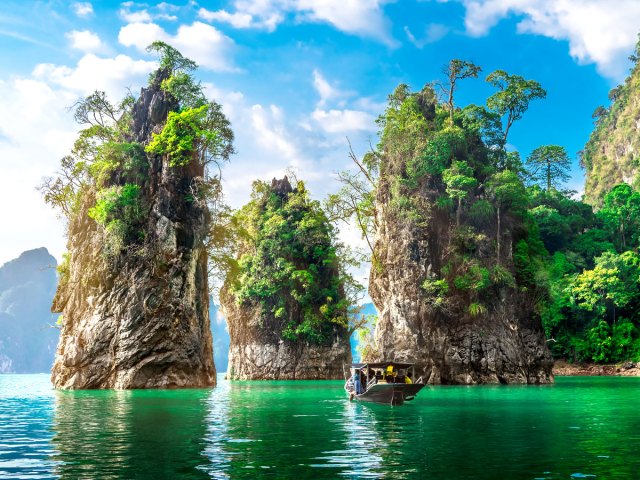
Number of parks: 156
Thailand’s national parks range from the picture-perfect coastlines to wild inland jungle. Lauded as one of the best diving sites in the world, the Similan Islands park contains a protected coral reef, while Khao Sok National Park is home to caves, tropical forests, and floating accommodations. Along the Burmese border, Kaeng Krachan is the country’s largest national park, covering 1,125 square miles. It’s an ideal playground for naturalists hoping to spot the park’s varied wildlife, including leopards and sun bears.
1. Australia
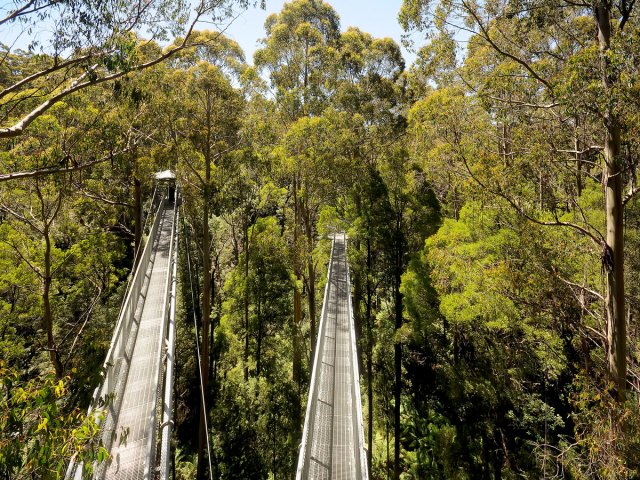
Number of parks: 726
Home to a whopping 726 protected sites, Australia is the country with the most national parks. The nation’s public lands cover 13.5 million square miles, equal to roughly 4% of the country’s total land mass. With so many parks to choose from, travelers can take their pick between jaw-dropping views at Great Otway National Park, turquoise bays at Cape Le Grand National Park, or the famous 4.4-billion-year-old rock monolith, Uluru, at Uluru-Kata Tjuta National Park.
More from our network
Daily Passport is part of Inbox Studio, which publishes content that uplifts, informs, and inspires.

